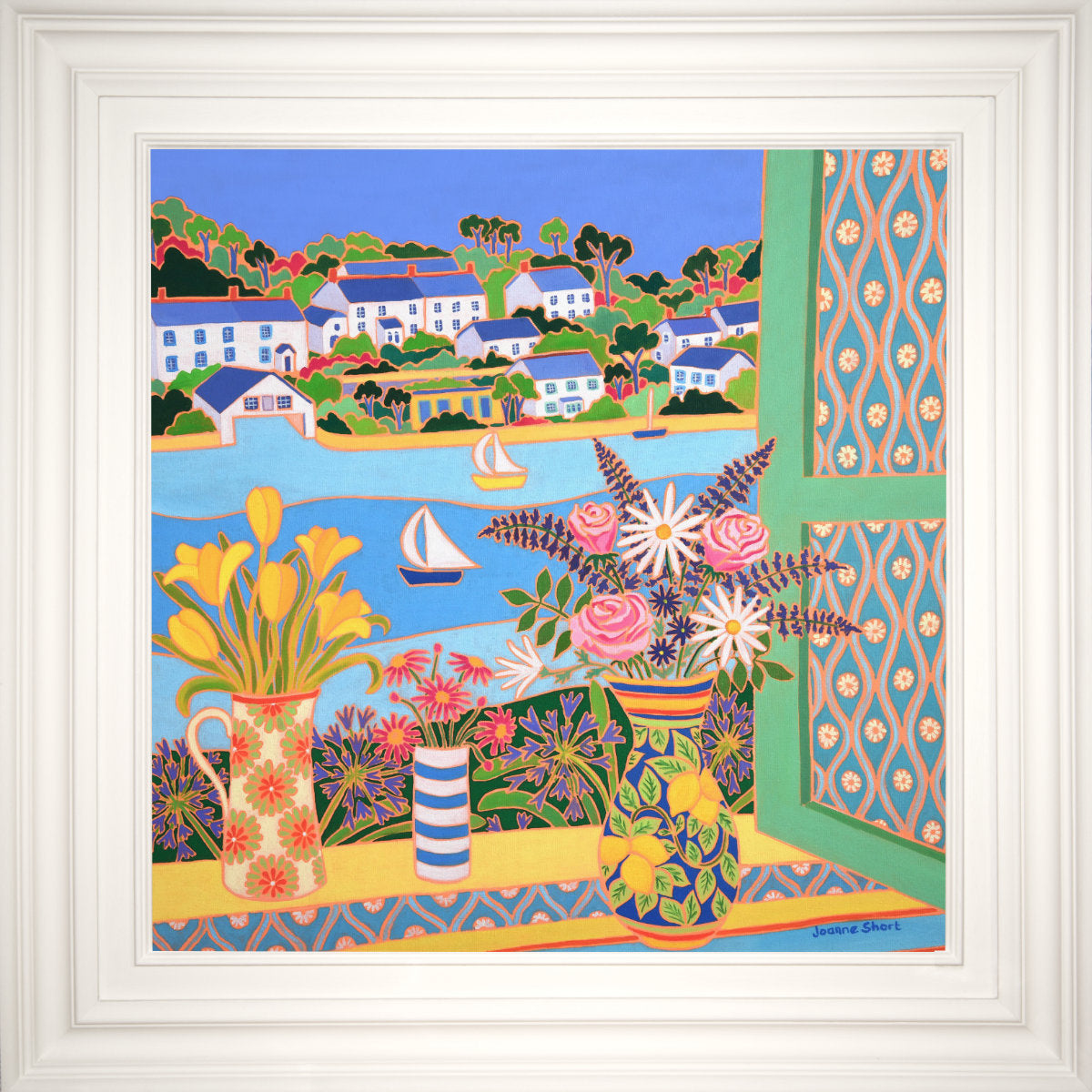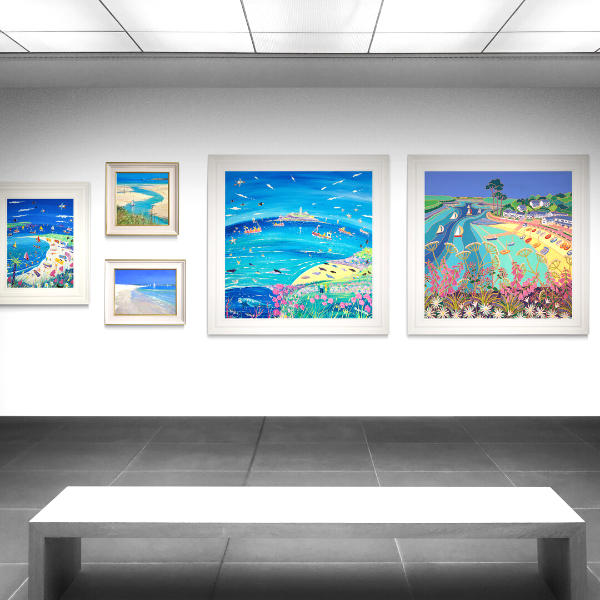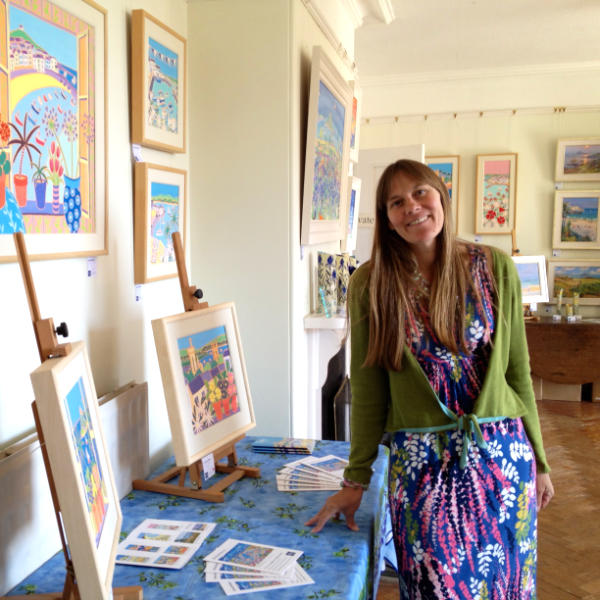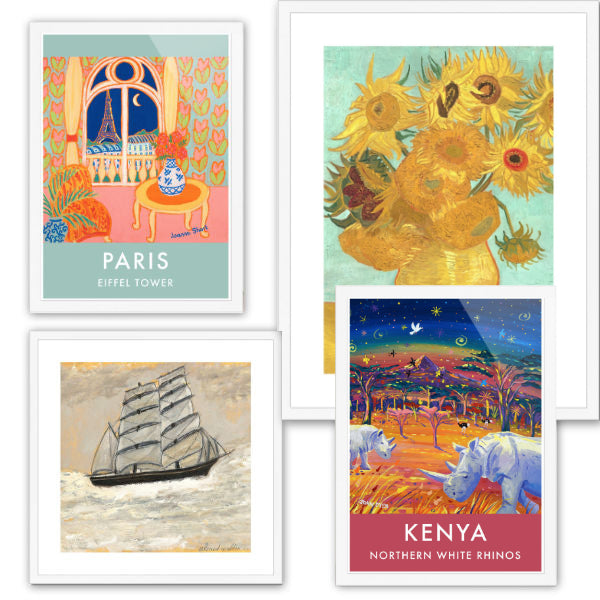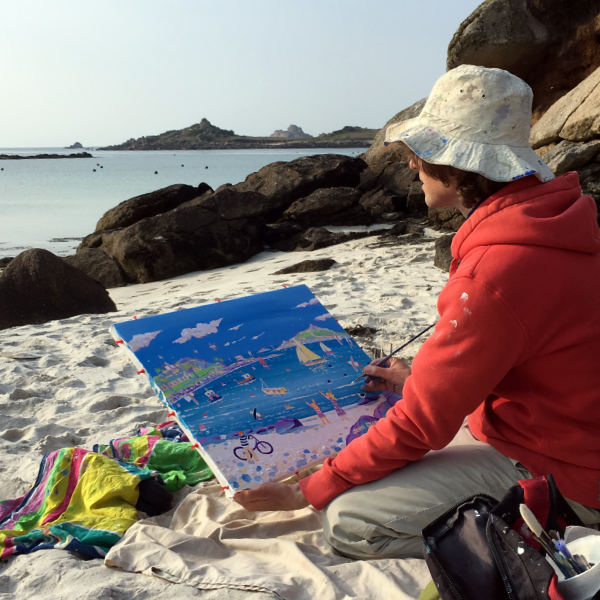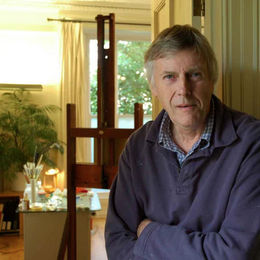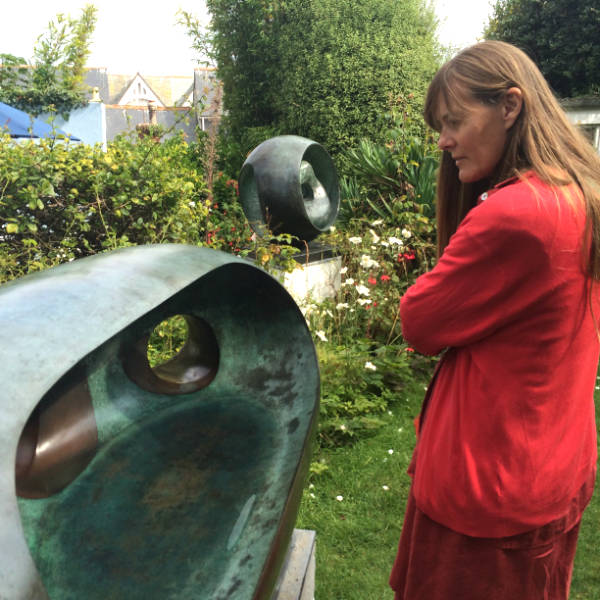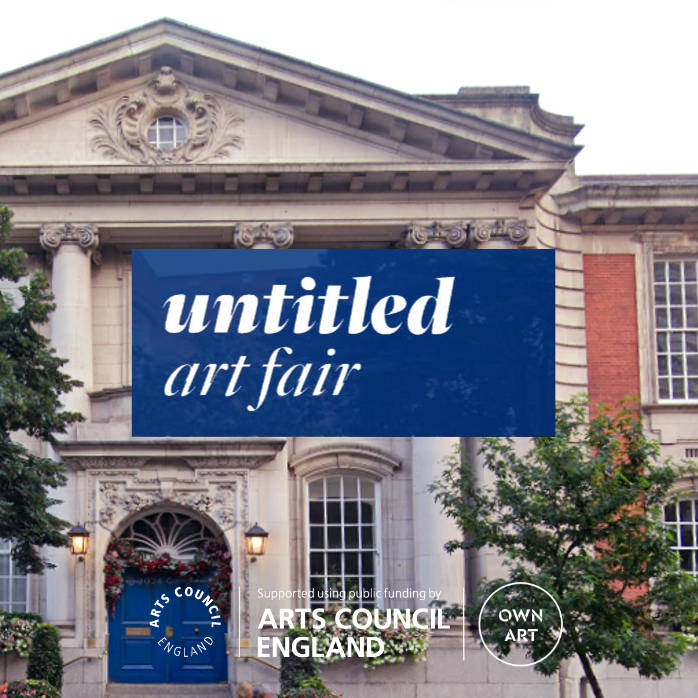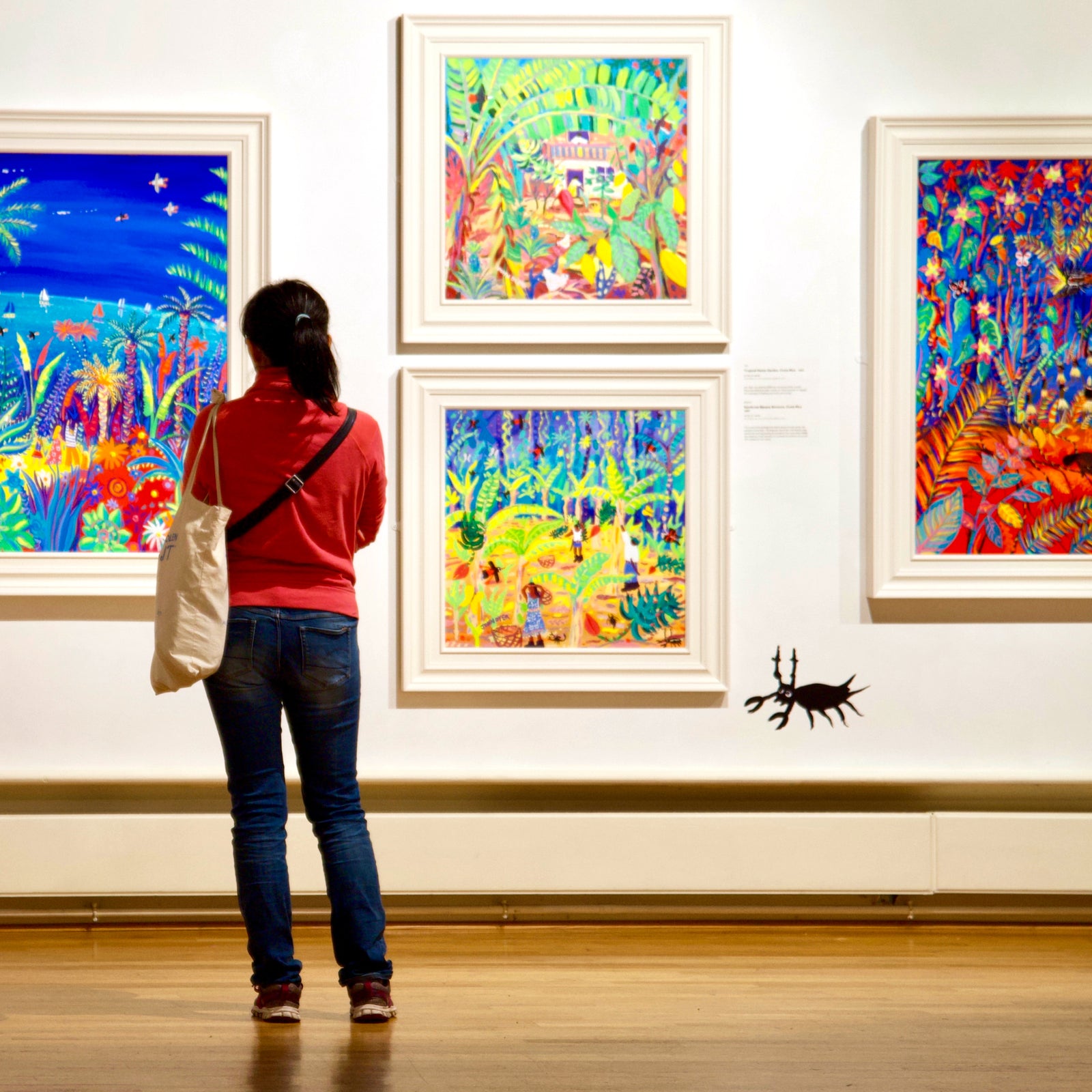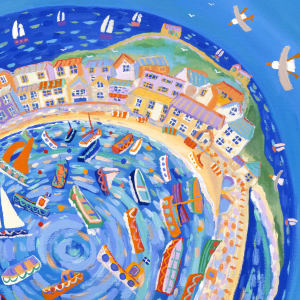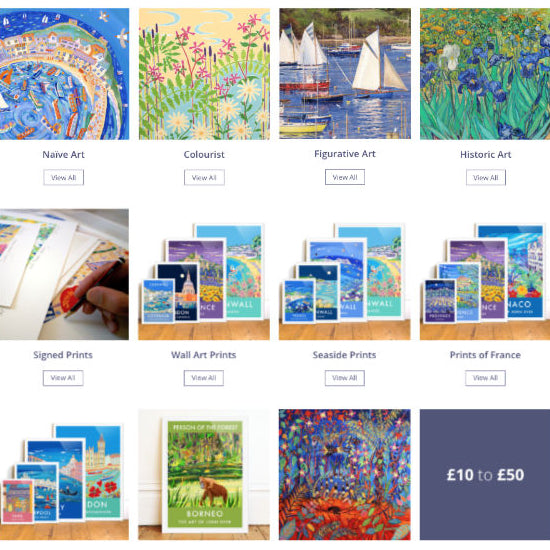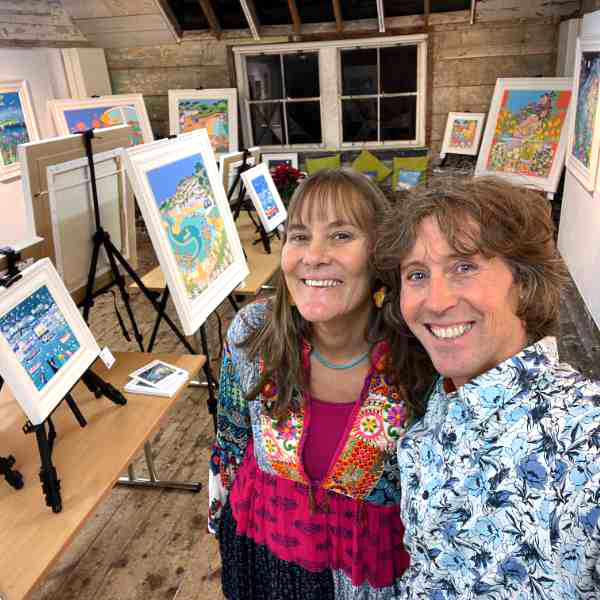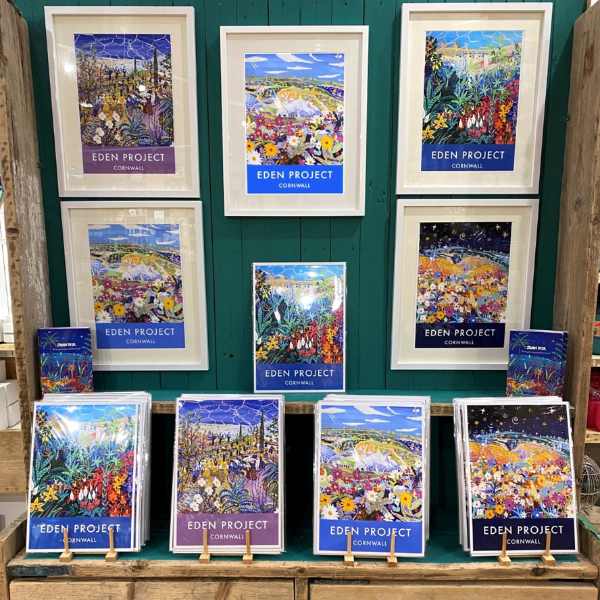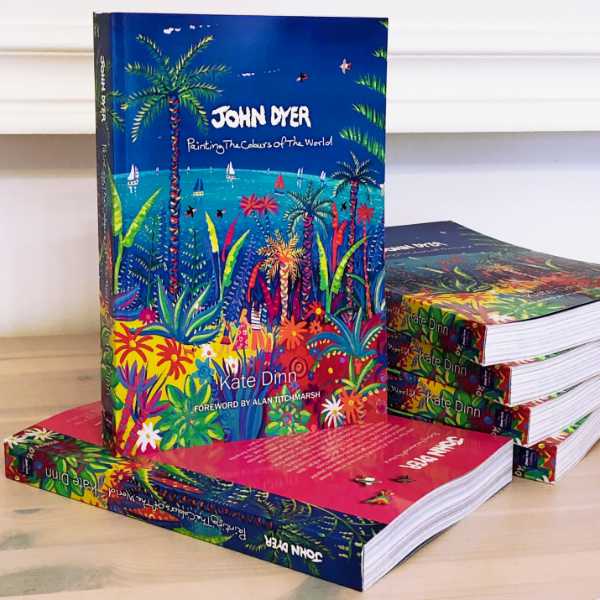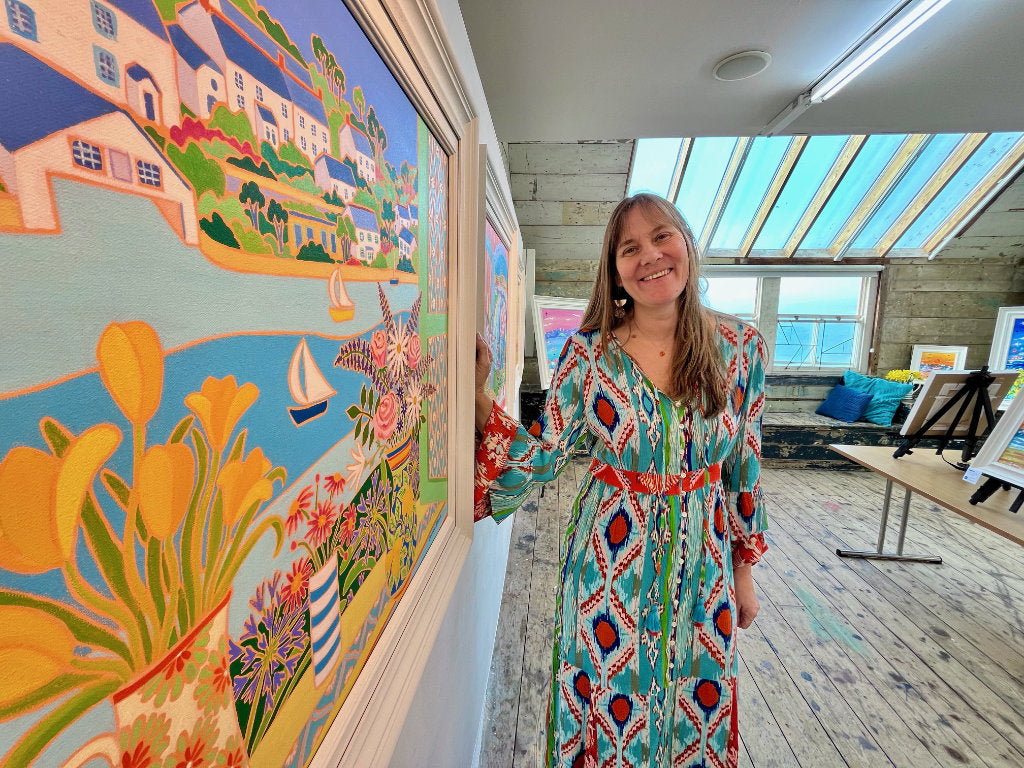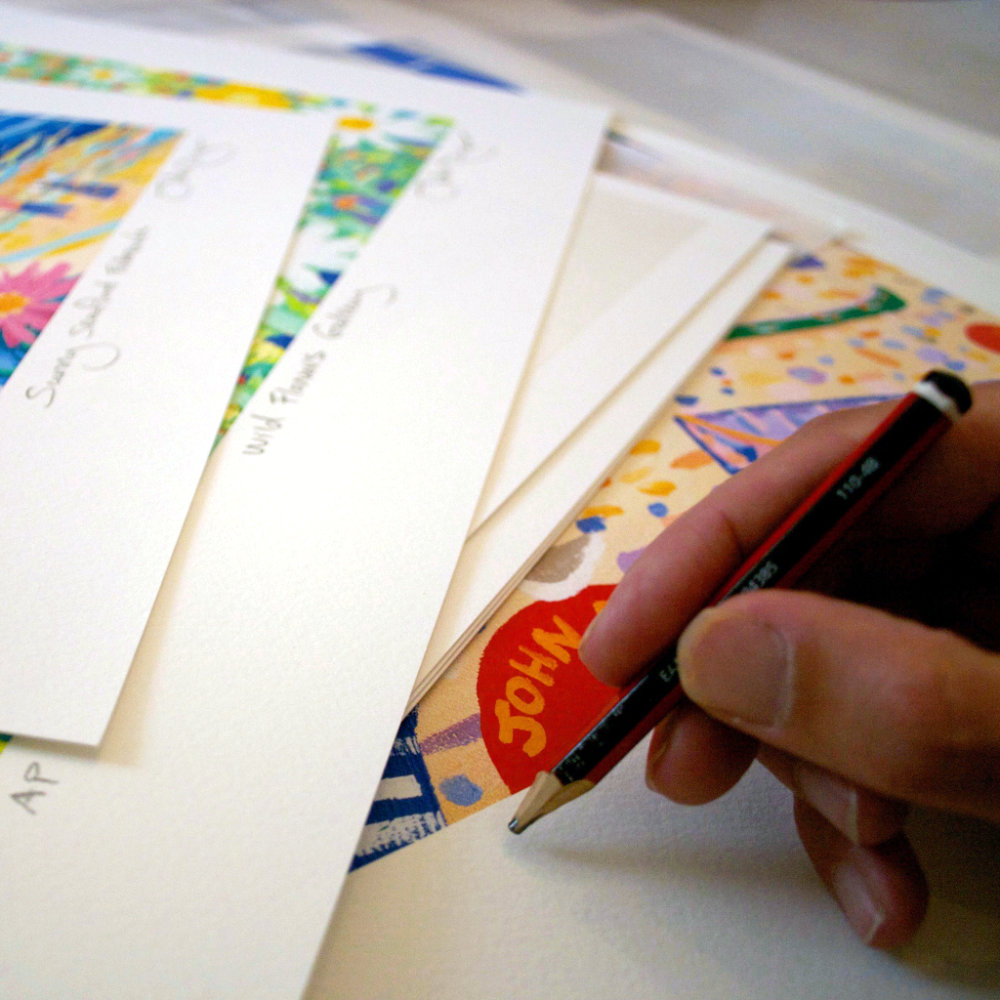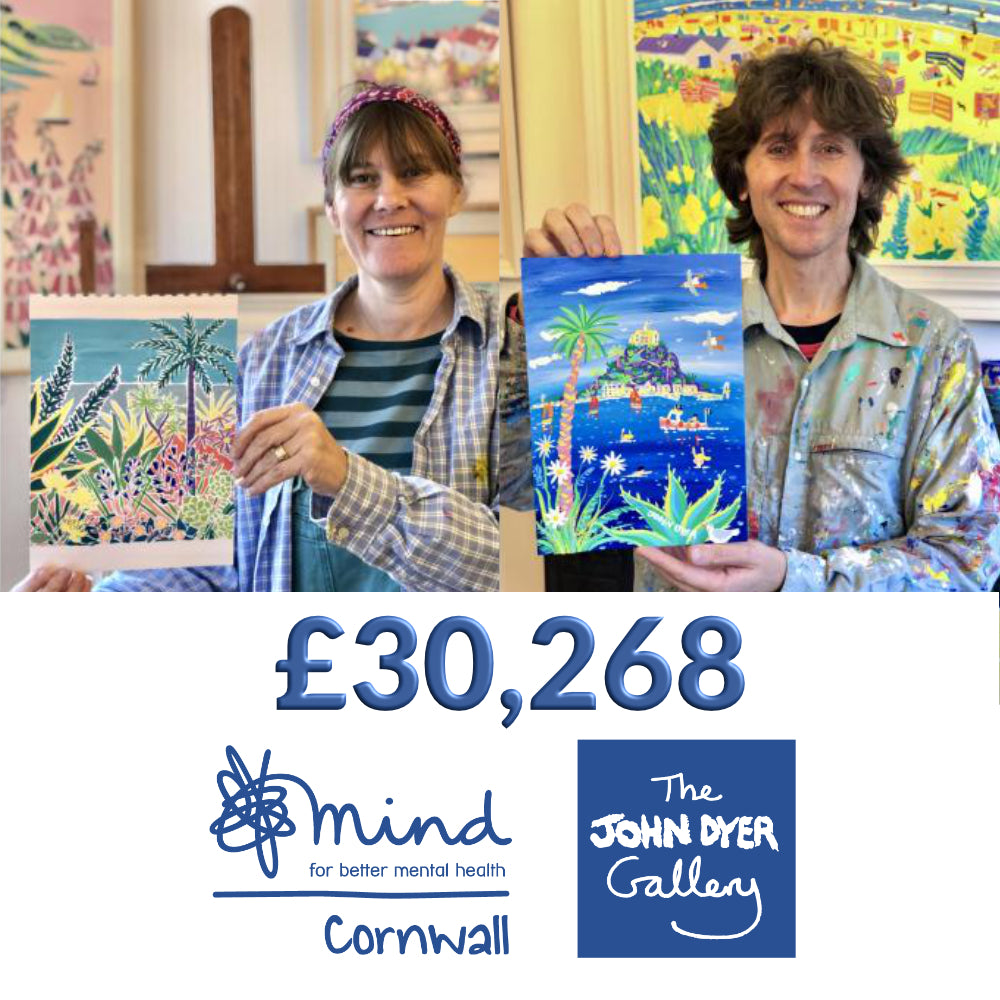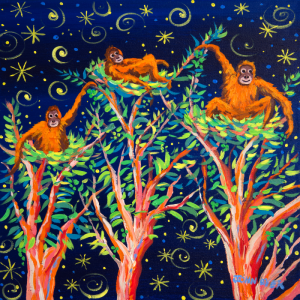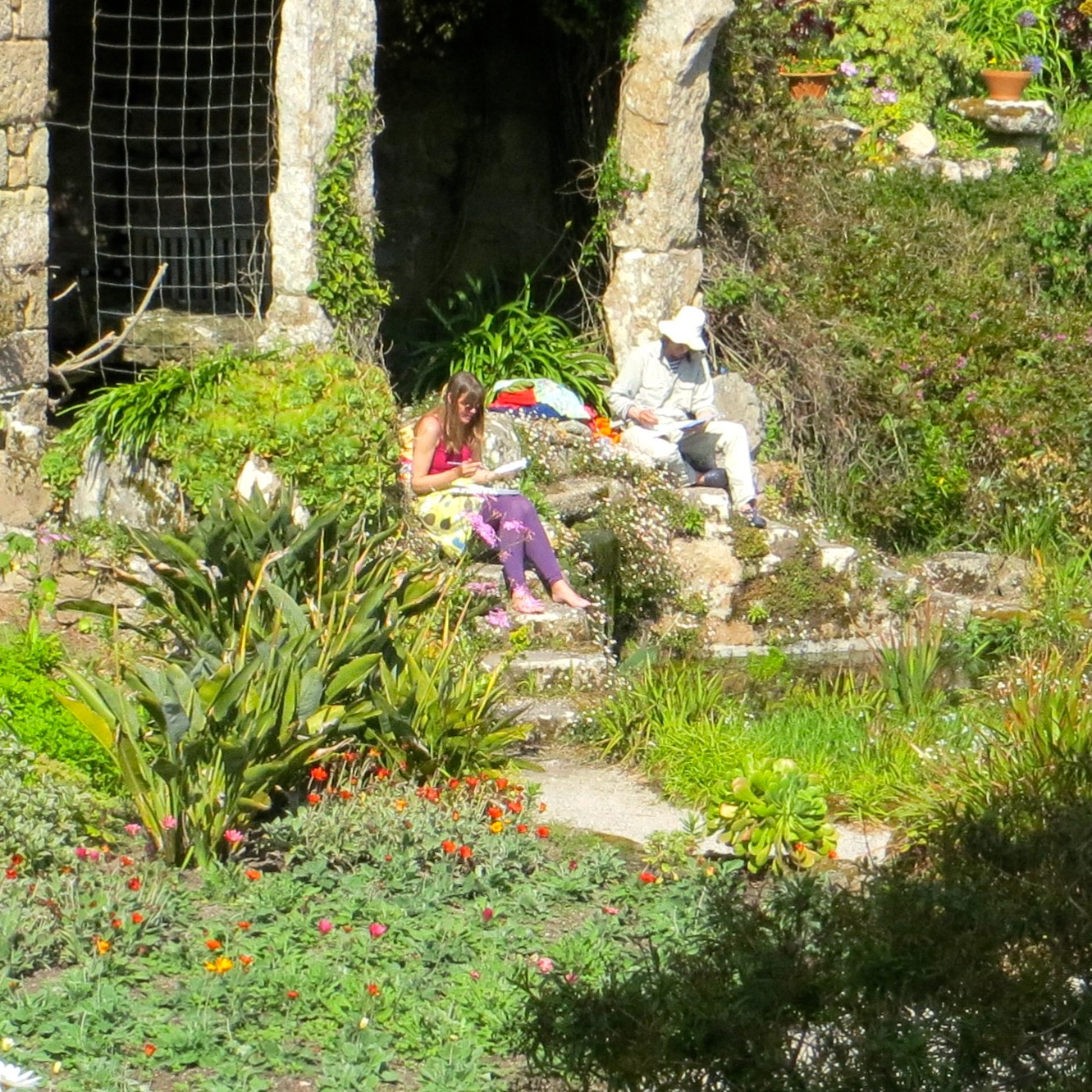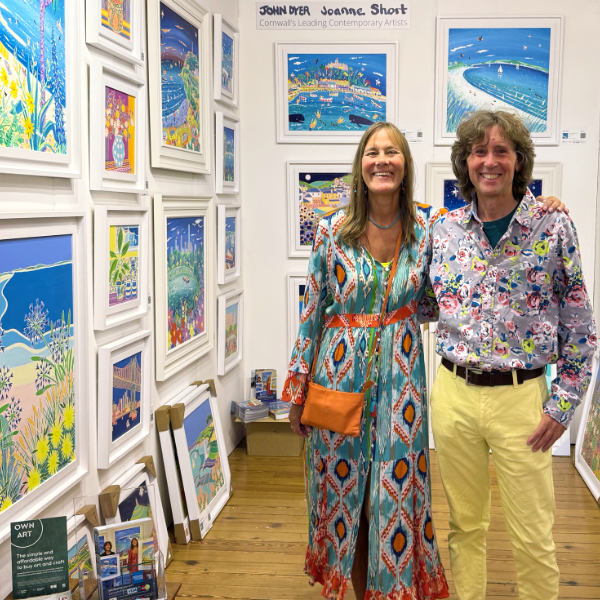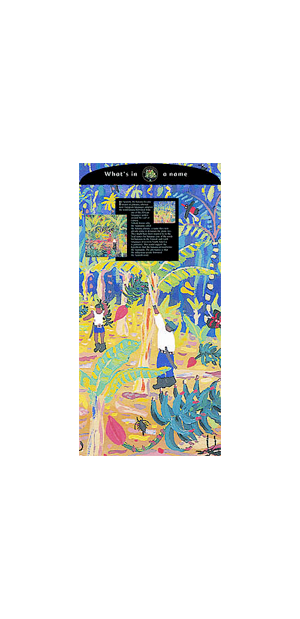
John's paintings of banana farming in Costa Rica are to be used as part of a new exhibit by the International Network for the improvement of Banana and Plantain. The exhibit will be shown at the Eden Project next summer ,2006, but the inauguration at the Central Library of Leuven in Belgium is on 18 October at 14h00. After Belgium the exhibit will move to the Edinburgh Royal Botanic Gardens until the end of the Science Festival.
"We hope that this is only the beginnning of a long life for the exhibit"
Anne Vezina the Science writer and Public awareness specialist at INIBAP
To celebrate its 20th anniversary, INIBAP, in collaboration with an international agricultural research centre (CIRAD), a Belgian university (K.U.Leuven) and a ground-breaking British educational charity focusing on plants and people (Eden Project), have produced the exhibition "No end to the banana", inaugurated in Leuven, Belgium, in 2005. "No end to the banana" is a travelling exhibition that uses the banana as a vehicle to talk about genetic diversity and how research and development can use the existing diversity to produce better and healthier bananas for consumers everywhere and, at the same time, help improve the livelihoods of banana farmers.
The text from the panel:
"In Spanish, the banana became known as platano, whereas most European languages adopted the word bananaborrowed from one of the African languages spoken around the Gulf of Guinea. Nobody knows why the Spaniards called the banana platano, a name they were already using to designate the plane tree. They might have been inspired by to the local names for bananas (one of the words for bananas in the Arawak and Carib languages of western South America is palatano). This would support the hypothesis that the banana arrived before the Spaniards. The alternative is that the indigenous people borrowed the Spanish word. "


